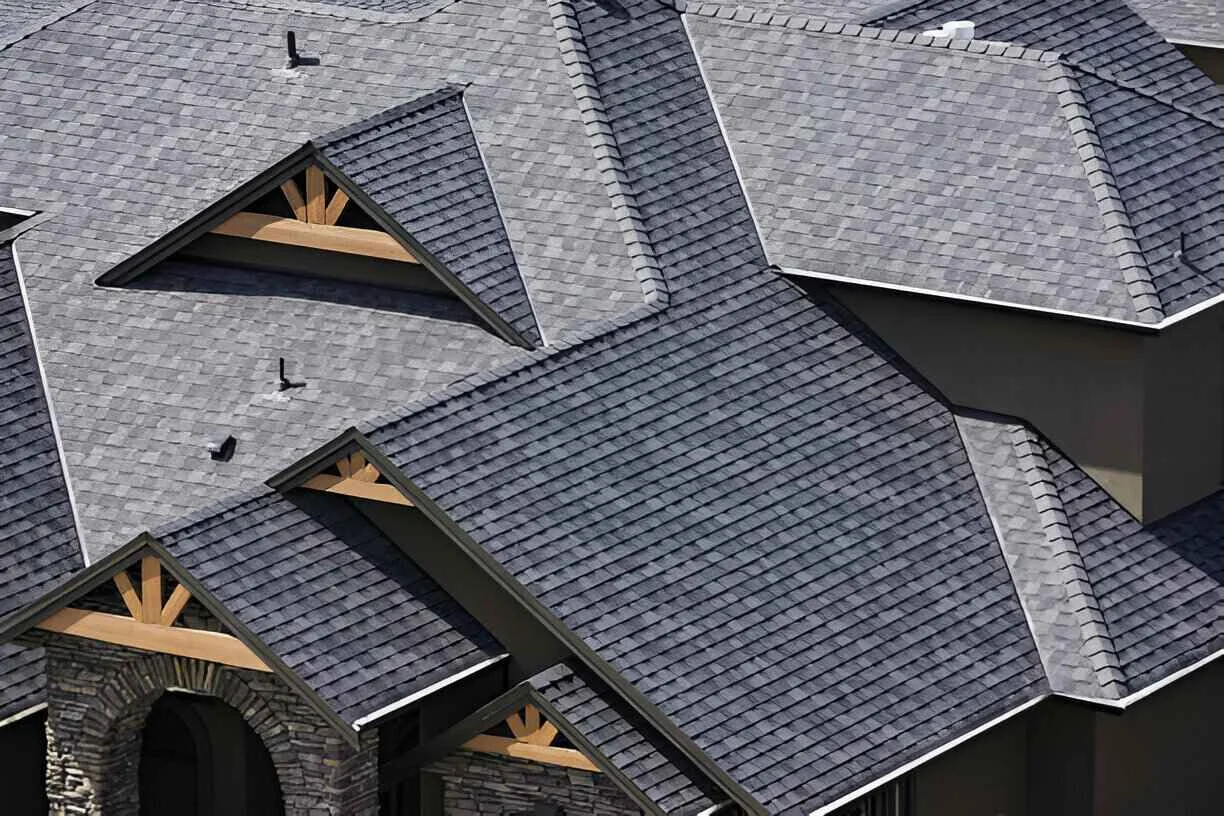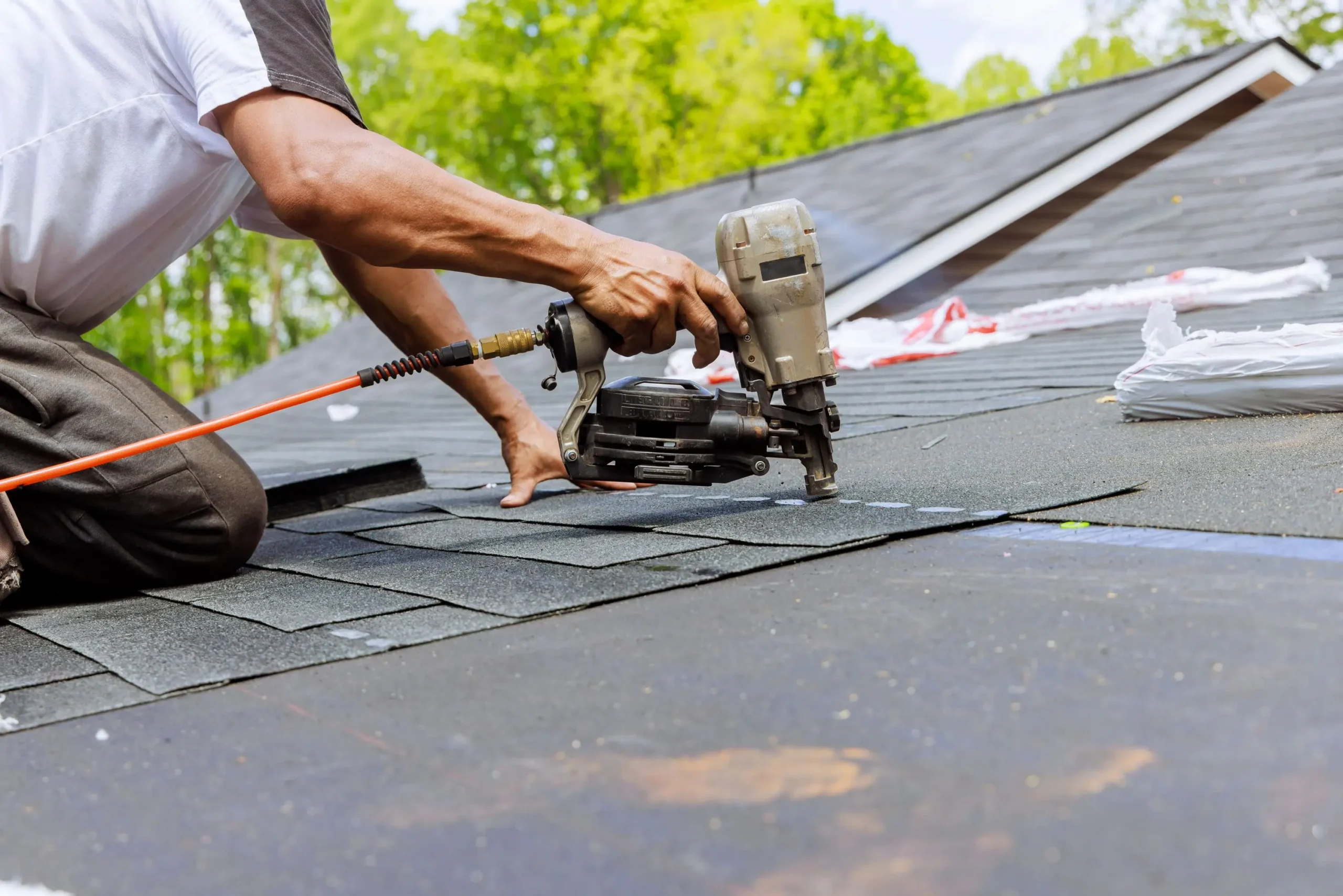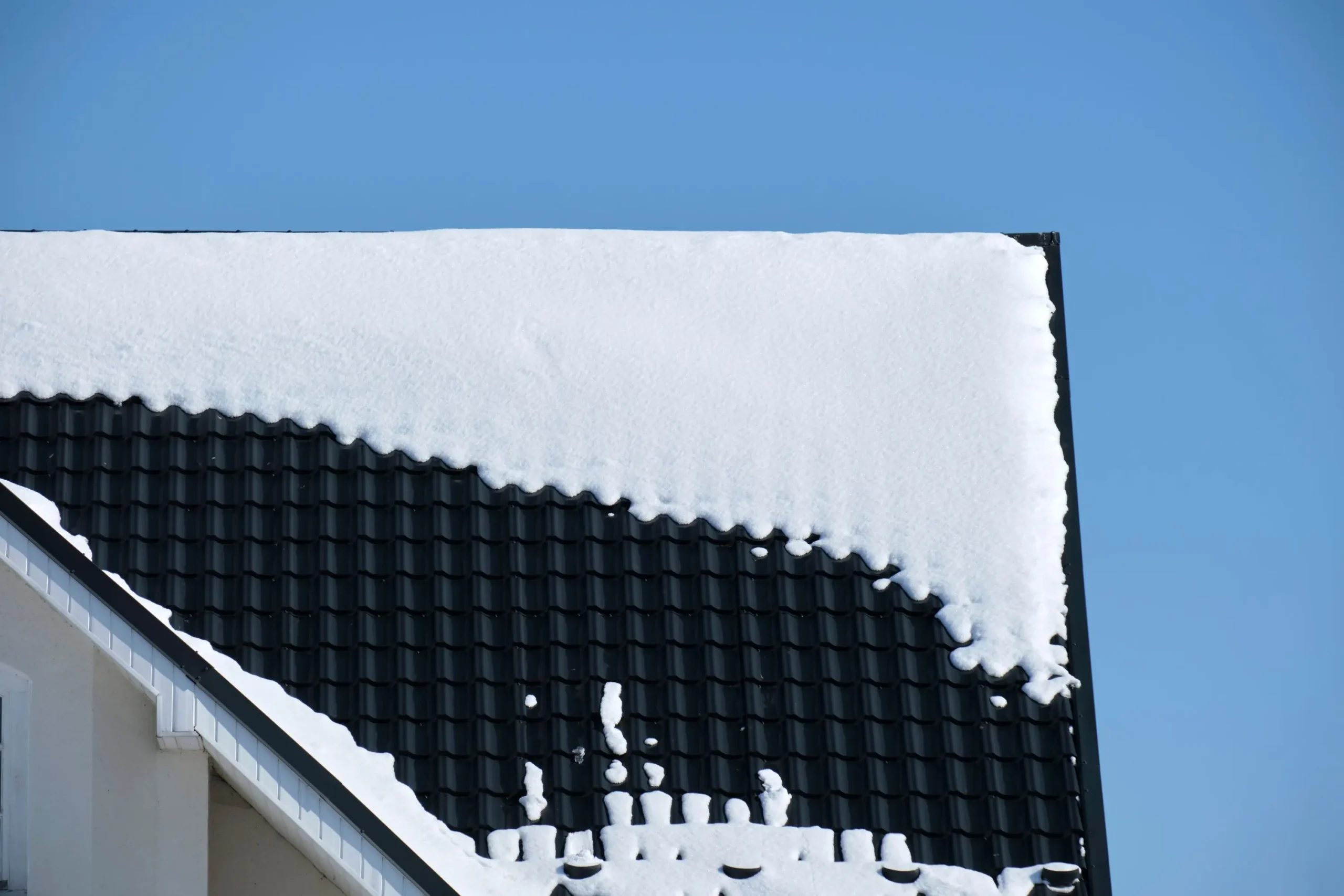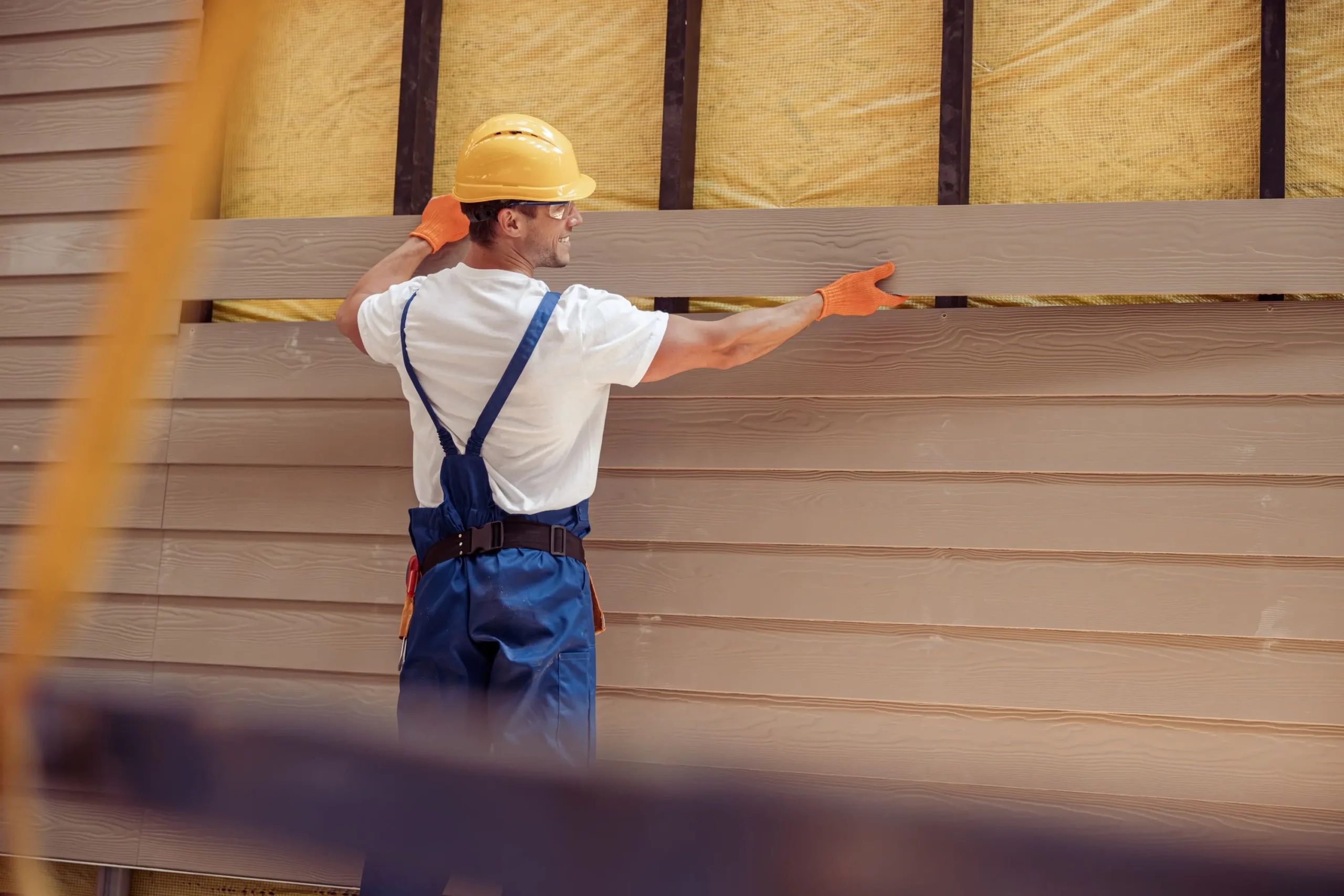When it comes to roofing materials, one choice that has acquired popularity in the last few years is rubber roofing. Known for its moderateness and strength, rubber roofing, offers homeowners a reliable and durable solution for their roofs. But how long do rubber roofs last? This is perhaps one of the most well-known questions individuals ask while thinking about a rubber roofing installation.
In this guide, we’ll investigate the life expectancy of rubber roofs, the elements that influence their toughness, and how you can expand their life. If you’re thinking about installing a rubber roof, understanding its longevity will help you make an informed decision about your investment. If you want to hire a contractor in Calgary or its surrounding areas, you can contact us any time at +1 (825) 258 5914.
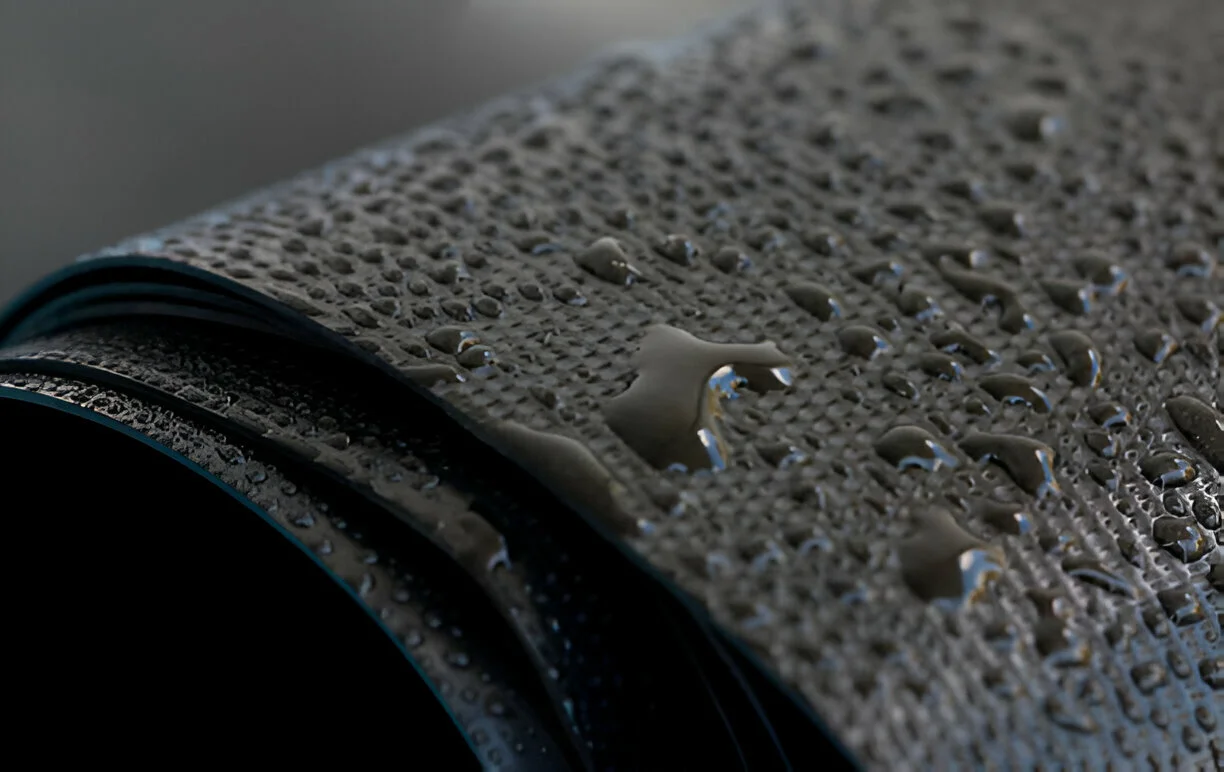
What is Rubber roofing?
Before jumping into the life expectancy of rubber roofs, how about we momentarily examine what a rubber roof is? Rubber roofs are ordinarily made of Euroshield, an engineered rubber roofing that has been intended for use in roofing applications. Euroshield is exceptionally solid, climate-safe, and offers amazing insurance against the elements. It is generally normally utilized for flat or low-slope roofs, although it tends to be involved on slanted roofs in specific cases.
Rubber roofing comes in huge sheets or rolls, making it more straightforward to introduce without seams that could become weak parts. It is famous in both residential and commercial settings because of its adaptability, protection from UV beams, and somewhat low support requirements.
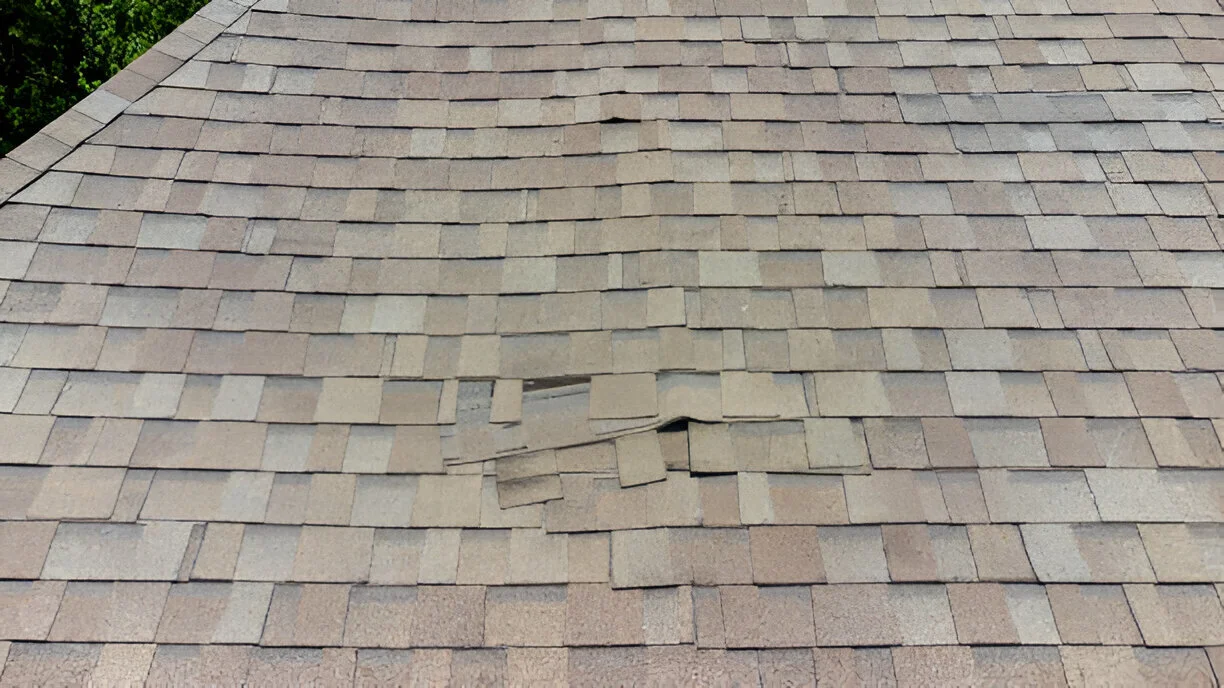
The Life Expectancy of Rubber Roofing
Anyway, how long does rubber roofing last? On Average, rubber roofing has a life expectancy of around 20 to 30 years, although some high-quality installations can last up to 50 years with proper care and maintenance. The life span of a rubber roof relies upon a few variables, including the nature of the material, the nature of the installation, the environment, and how well the rooftop is maintained after some time.
We should investigate these elements to more readily comprehend what can influence the life expectancy of rubber roofing.
1. Quality of the Material
The life expectancy of a rubber roof is heavily influenced by the nature of the material utilized in its development. Not all rubber roofs are made equivalent, and there are varieties in the Euroshield roofing items accessible. Higher-quality rubber roofing systems tend to have better UV resistance, better puncture resistance, and enhanced flexibility, which directly affects their durability.
The thickness of the rubber layer also plays a role in how long the roof will last. Thicker materials are for the most part more impervious to mileage, including enduring brought about by openness to the sun, downpour, snow, and downpour-seme temperatures.
2. Quality of Installation
Regardless of how solid the material is, poor establishment can essentially decrease the life expectancy of a rubber roof. A rubber roof should be introduced by experienced experts who comprehend how to appropriately apply the material to make a watertight seal and stay away from issues like breaks, rankles, or untimely wear.
Improper installation can lead to roofing issues, for example, lifting seams, inappropriate waste, or flimsy parts that might cause harm after some time. To guarantee your rubber roof endures as far as might be feasible, it’s vital to have a certified roofing worker for hire with experience in introducing Euroshield Roofing installation.
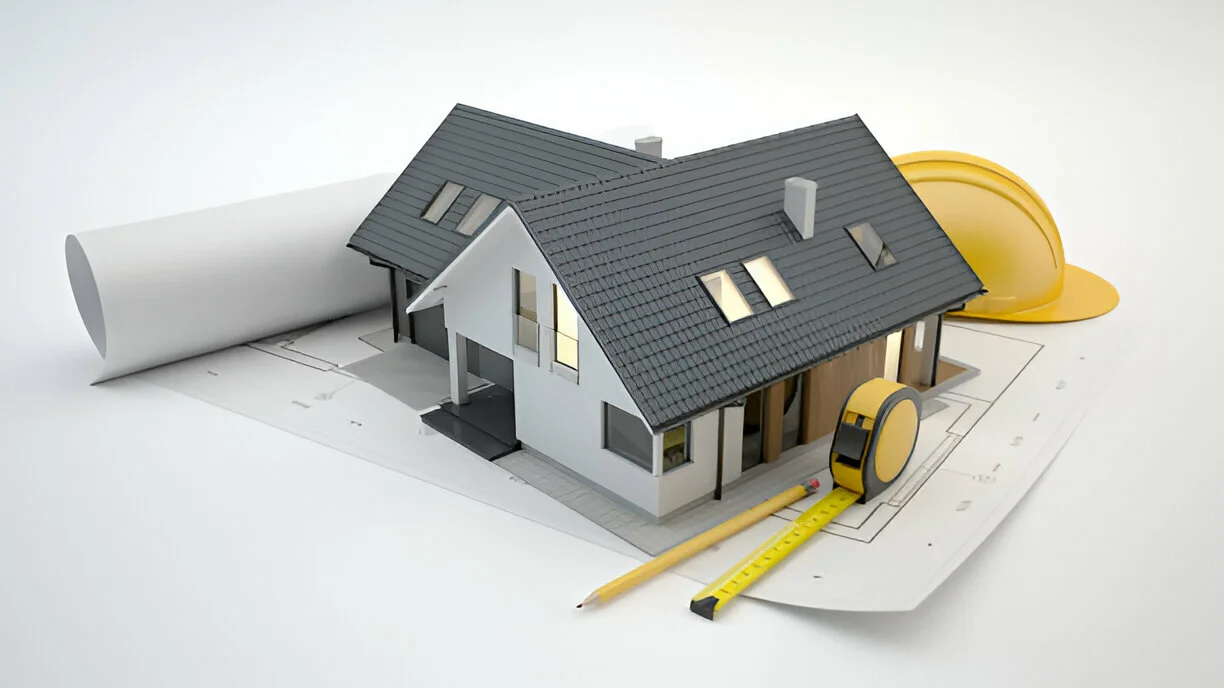
3. Climate and Weather Conditions
The climate in which you live plays a significant role in the longevity of your rubber roof. Euroshield roofing is intended to be highly resistant to UV radiation, which means it can withstand exposure to the sun without degrading. However, outrageous atmospheric conditions can affect the roof’s life expectancy.
In regions with regular storms, heavy rain, hail, or snow, rubber roofs may wear out more quickly due to the constant battering of the elements. In like manner, regions with extreme temperature variances can make the rubber grow and contract, possibly prompting breaks or parts over the long run.
On the other hand, regions with mild climates where the roof is not exposed to heavy storms or intense sun will typically see a longer lifespan for their rubber roofing.
4. Roof Maintenance
Regular maintenance is crucial to extending the life of your rubber roof. Like any roofing system, rubber roofs require periodic inspections to guarantee that there are no indications of damage or deterioration. Normal cleaning and maintenance help prevent the buildup of debris, moss, or algae that could affect the roof’s surface and lead to premature wear.
By addressing small issues promptly, you can prevent more critical issues not too far off. For example, checking for punctures or tears in the film and making fixes immediately can hold the roof back from encountering spills, which can bring on additional harm.
5. Foot Traffic
If your rubber roof sees a lot of foot traffic, this can also affect its lifespan. Euroshield is solid, but it is not completely immune to wear caused by frequent walking on the roof. If foot traffic is unavoidable, it’s fundamental to utilize proper protective measures, for example, setting walk cushions or introducing a roof walkway. Limiting how much people walk through on the roof will assist with saving its honesty and broaden its life expectancy.
6. Roof Design and Slope
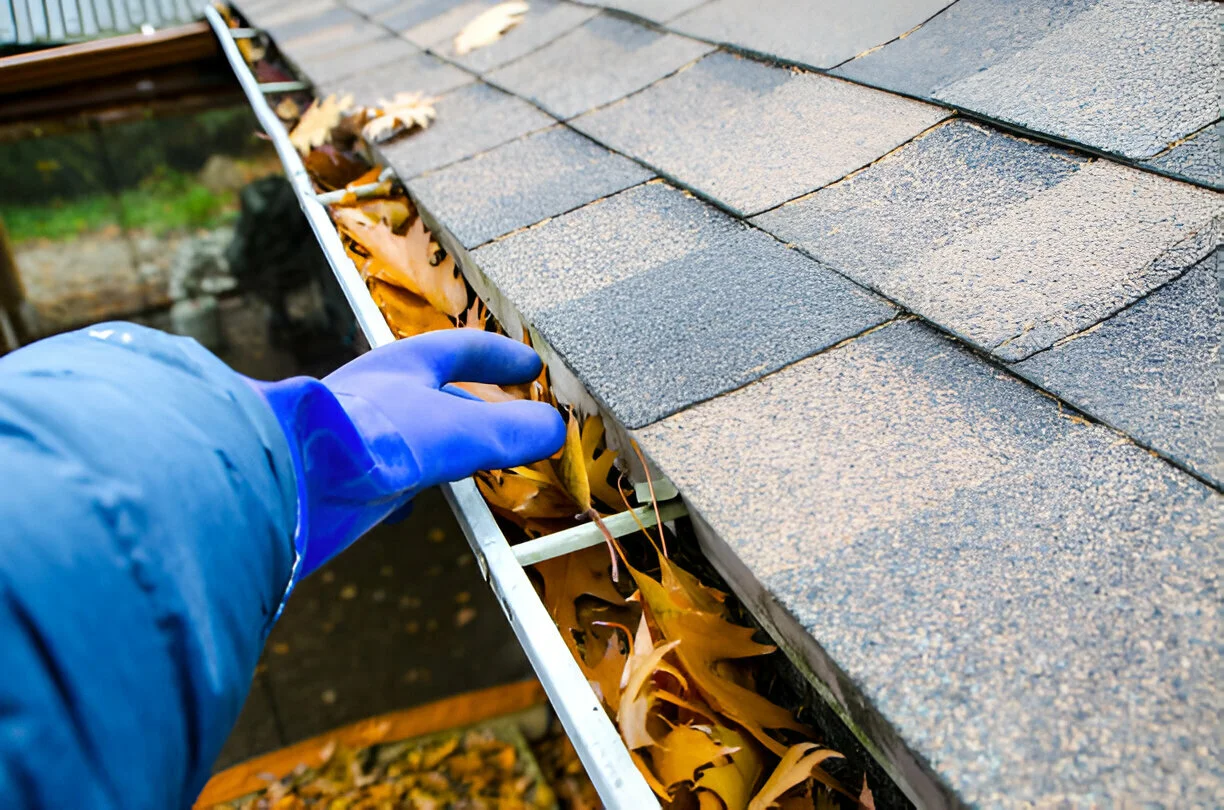
The design of your roof and its slope can affect how long your rubber roof lasts. Rubber roofing is ideal for flat or low-slope roofs, as it gives a smooth surface that takes into consideration compelling water seepage. A very much-planned roof with legitimate waste will keep water from pooling on the rooftop, which could prompt untimely harm.
Proper drainage is fundamental for maintaining the life expectancy of any roofing system, including rubber roofs.
Step-by-step Instructions to Expand the Existence of Your Rubber Roofing
While rubber roofs are intended to be low support, there are a couple of steps you can take to assist with expanding their life expectancy. Here are a few ways to keep up with your rubber roof:
1. Clean the Roof Regularly
Debris such as leaves, twigs, and dirt can accumulate on your roof over time, leading to potential blockages in the drainage system and increased wear on the rubber membrane. Routinely cleaning your rubber roof forestalls this development and guarantees that water streams off the roof.
Use a soft-bristle brush and a hose to remove debris. Avoid using harsh chemicals or power washers, as these can damage the roof’s surface.
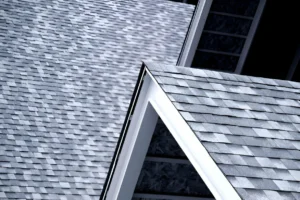
2. Inspect the Rubber Roofing Annually
Lead standard investigations of your rubber roofing, in a perfect world one time per year or after critical climate occasions. Search for indications of wear like breaks, tears, or penetrates. Additionally, take a look at the seams and edges of the rooftop for indications of detachment.
Address any issues expeditiously by making fixes or reaching an expert roofer to guarantee that little issues don’t form into significant issues.
3. Repair Any Damage Immediately
If you notice any harm to your rubber roof, for example, little cuts or tears, make fixes right away. Euuroshield roofing is generally simple to fix utilizing rubber roofing patches or glue, and resolving minor issues immediately can keep them from expanding issues that influence the rooftop’s trustworthiness.
4. Avoid Excessive Foot Traffic
To stay away from unnecessary wear and tear, limit foot traffic on the roof. On the off chance that you want to get to your roof, consider introducing a rooftop walkway or utilizing walk cushions to limit harm to the surface.
5. Maintain Proper Drainage
Guarantee that your roof’s drainage system is working appropriately. Stopped-up drains or downspouts can make water pool on the rooftop, which can prompt breaks or harm. Routinely review and clean your roof’s drainage system to forestall water development.
Conclusion :: Rubber Roofing
Rubber roofs can last anywhere from 20 to 50 years, depending on various factors such as the quality of the material, the installation process, the climate, and the level of maintenance. By picking great materials, recruiting a gifted installer, and performing normal support, you can fundamentally expand the existence of your rubber roof and partake in its advantages into the indefinite future.
Assuming that you’re thinking about introducing a rubber roof, get some margin to investigate various items and workers for hire to guarantee that you’re making sound speculation. With legitimate consideration, your rubber roof can give dependable security to your home or business for a long time.

